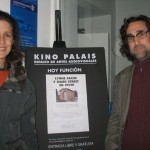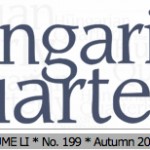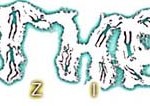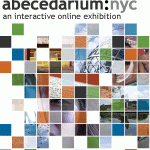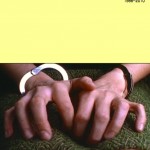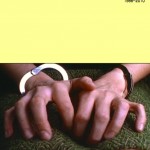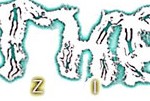An Argentine excursion: film frames, talk therapy, and ice cream
Our cinematic relationship to Argentina began in 2007, when the Buenos Aires Festival Internacional de Cine Independiente (BAFICI) invited Lynne to show a retrospective of her films. During the one week she was in this film-crazy city, she met Pablo Marin and Leandro Listorti, two extraordinarily active Argentine experimental filmmakers with a commitment to making movies and screening and writing about their thriving alternative film community.

